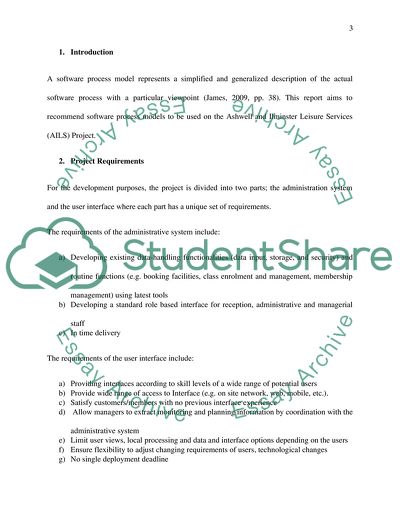Cite this document
(“The software process models Essay Example | Topics and Well Written Essays - 1000 words”, n.d.)
The software process models Essay Example | Topics and Well Written Essays - 1000 words. Retrieved from https://studentshare.org/information-technology/1582320-the-software-process-models
The software process models Essay Example | Topics and Well Written Essays - 1000 words. Retrieved from https://studentshare.org/information-technology/1582320-the-software-process-models
(The Software Process Models Essay Example | Topics and Well Written Essays - 1000 Words)
The Software Process Models Essay Example | Topics and Well Written Essays - 1000 Words. https://studentshare.org/information-technology/1582320-the-software-process-models.
The Software Process Models Essay Example | Topics and Well Written Essays - 1000 Words. https://studentshare.org/information-technology/1582320-the-software-process-models.
“The Software Process Models Essay Example | Topics and Well Written Essays - 1000 Words”, n.d. https://studentshare.org/information-technology/1582320-the-software-process-models.


